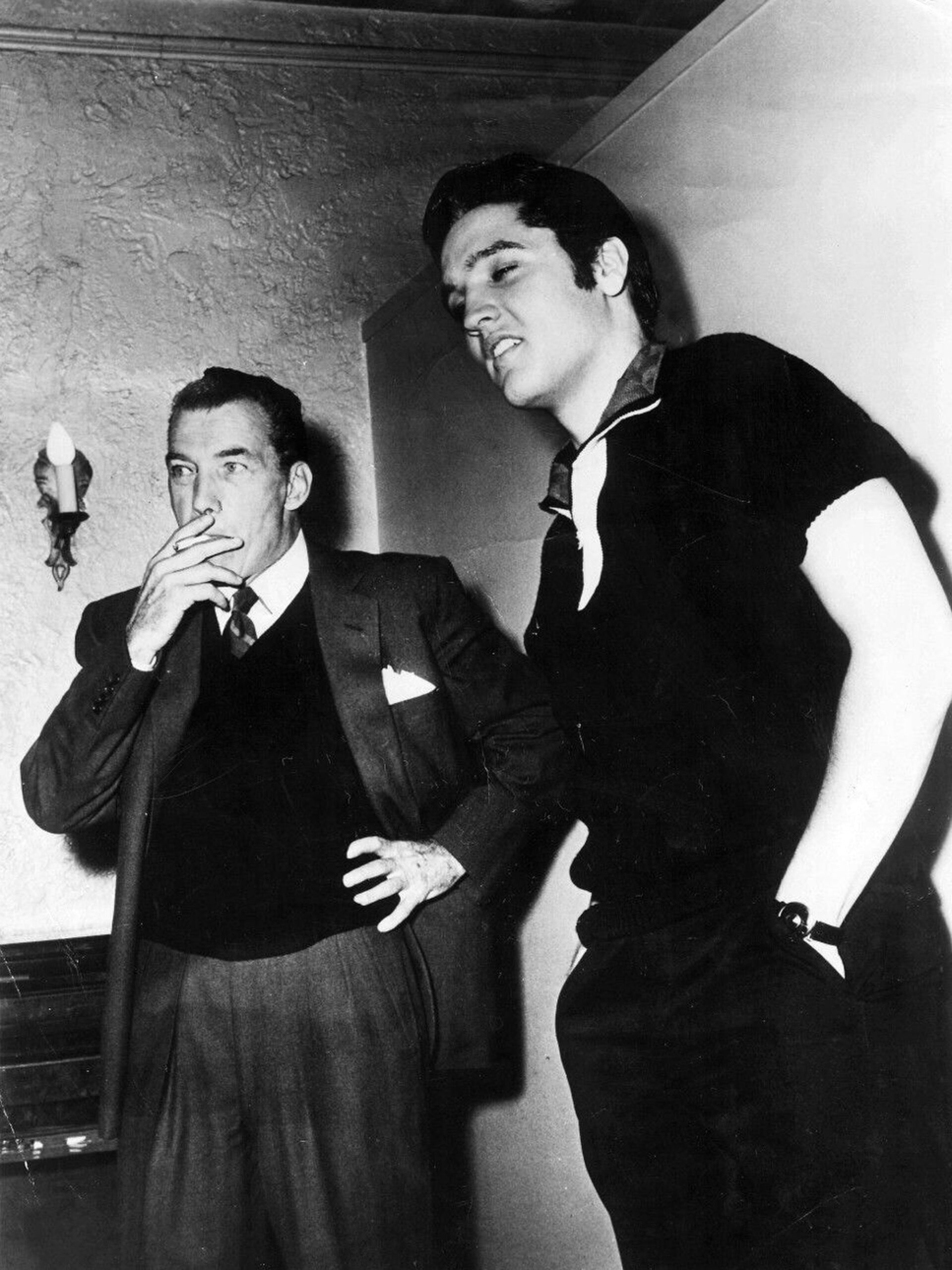Cartoon Network has been one of the forces to reckon with when it comes to animation as they have helped shape generations through innovative programming and unique storytelling. The network itself has been around since 1992 but aired many of those iconic series that made animated television something truly special and pushed boundaries from light-hearted comedies to more sophisticated narratives. Let’s take a peep behind the curtains as we reveal interesting lesser-known stories and little-known facts in the network’s rich history, where innovation, controversy, and memory have all contributed to its legacy.
1. Space Ghost Coast to Coast:
Beginning with 1994, the first original series on the Cartoon Network was the still-running parody talk show “Space Ghost Coast to Coast,” based on an obscure Hanna-Barbera character. It was a hit with older audiences and paved the way for the network’s adult-oriented programming block, Adult Swim.
2. Speedy Gonzales Ban and Return:
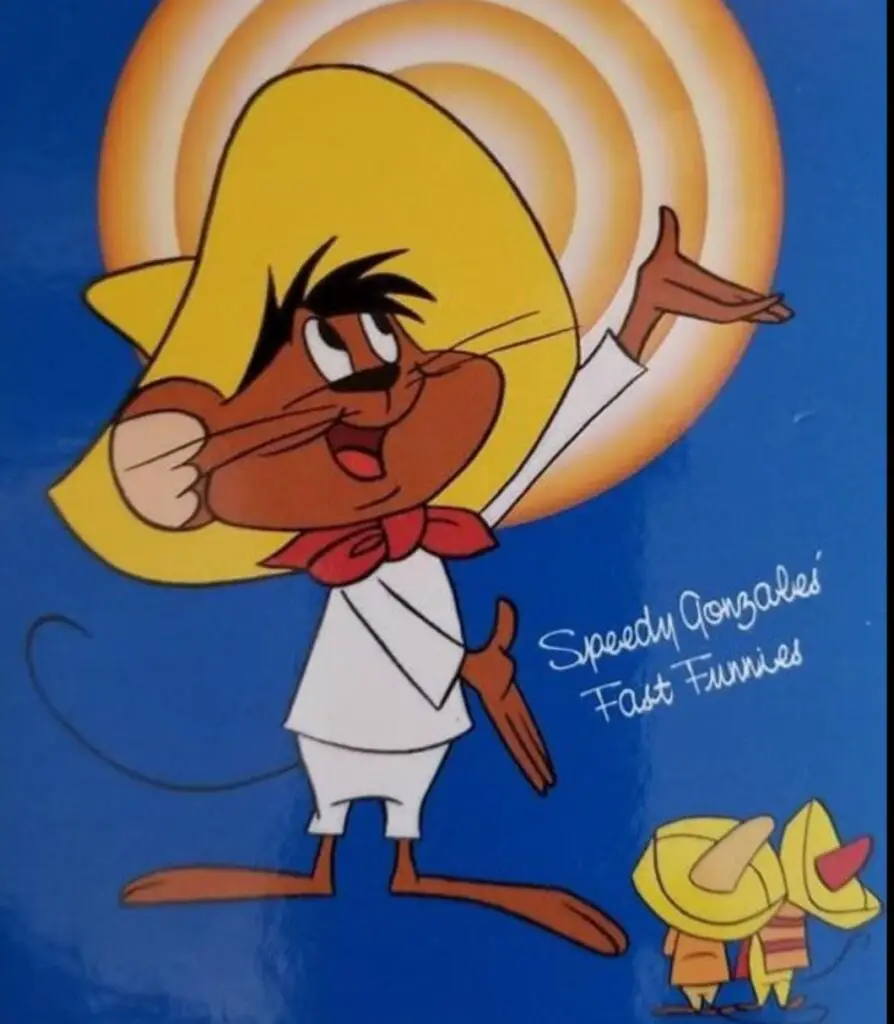
In the early 2000s, Cartoon Network briefly banned Speedy Gonzales cartoons due to racial stereotypes. However, after intense fan campaigns and endorsements from Hispanic-American organizations, who saw him as a positive cultural icon, the character was reinstated on air.
3. The Profitability of The Flintstones
“The Flintstones” that aired from 1960 to 1966, was the first prime-time animated sitcom in television history. It remained the biggest moneymaker in the world of network cartoons for thirty years until it was finally deposed in the late 1990s by “The Simpsons.”
4. Academy Award Nomination for Courage the Cowardly Dog
The pilot episode of “Courage the Cowardly Dog,” titled “The Chicken from Outer Space,” was submitted for “Best Animated Short Film” in 1995 Academy Awards, which marks an interesting element of horror and comedy in the entire show.
5. Original Name of The Powerpuff Girls:
“The Powerpuff Girls” was a college-based idea in 1992, originally known as “Whoopass Stew!” He drew the girls as the result of putting a can of whoop ass into Professor Utonium’s formula instead of Chemical X.
6. Aging in Adventure Time:
Adventure Time” is special in that its characters age in real-time. Finn, the Human, starts season one at 12 years old and ages gradually throughout the series, thereby making him a more complex character and the story lines involving him richer.
7. Danny Antonucci and Ed, Edd n Eddy:
Danny Antonucci was known for his dark, adult cartoon animations, but he started working on “Ed, Edd n Eddy” at a friend’s provocation of drawing a children’s program. He came up with his most successful and longest-running show, which ran for ten years.
8. Female Creator of Steven Universe
Rebecca Sugar, in “Steven Universe,” is another notable fact because it was the first show on Cartoon Network to be developed by a female. Her inspiration came from her younger brother, Steven Sugar, who was a background artist working for the show.
9. Grim Adventures of Billy and Mandy Wins Emmy Awards:
The Grim Adventures of Billy and Mandy, well crafted with dark humor and its quirks of animation, managed to bag two Emmy Awards back in 2006 and 2007 for its outstanding work in animation.
10. Dexter’s Laboratory and The Powerpuff Girls Shared Universe:
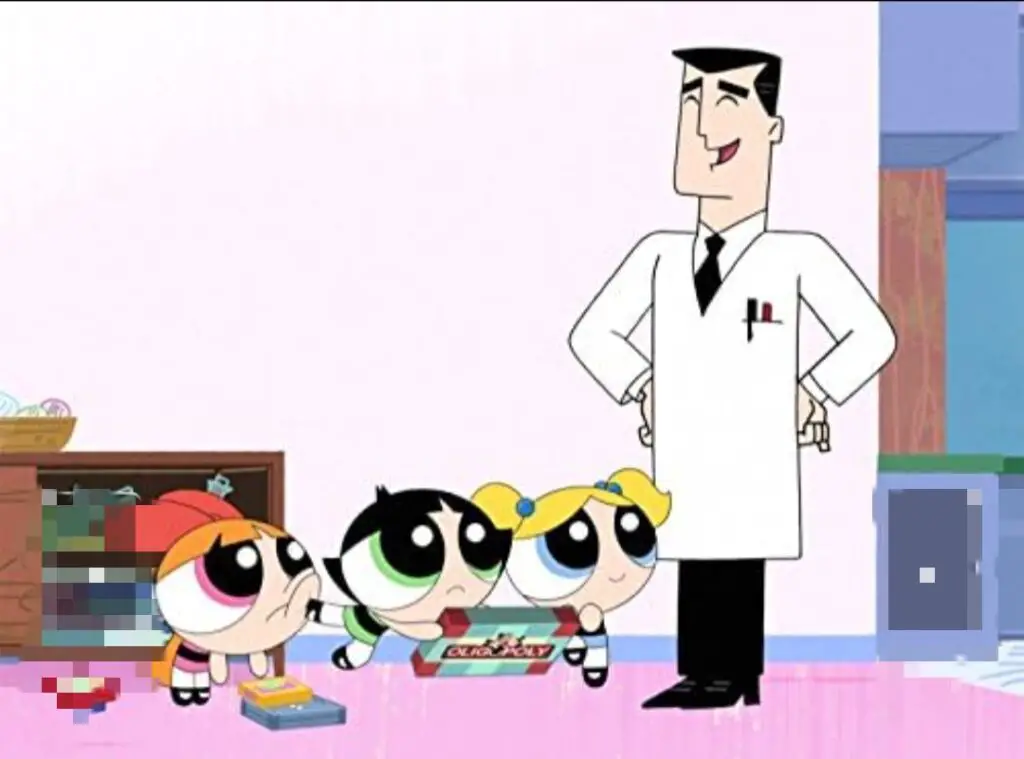
Both “Dexter’s Laboratory” and “The Powerpuff Girls” come under the same universe since characters “The Justice Friends” appear in both series, therefore creating a common cartoon universe on Cartoon Network.
11. Message in the end by Billy and Mandy
The final episode of “The Grim Adventures of Billy and Mandy” contains a secret Easter egg. The full gibberish which occurs at the end is reversed. One time the reverse of this gibberish forms a fantastic statement where the creator can be heard saying, “No, no. This is the end of the show. You’re watching it backwards!”
12. Response to Chinese Ripoff of Gumball:
When one of the Chinese studios produced a rip-off of “The Amazing World of Gumball,” the show’s writers responded by drawing an episode showing the ripoff characters as a group of greedy copycats, with Cartoon Network playing off its sense of humor.
13. Dexter’s Laboratory Episode “Rude Removal”:
In the notorious episode of “Dexter’s Laboratory” “Rude Removal,” Dexter and Dee Dee were separated into rude versions of themselves who used the f-word continuously during the entire episode. It was never aired on television; however, it is now accessible online.
14. Billy Mitchell Sues Over Regular Show:
Billy Mitchell sued Cartoon Network because one character on “Regular Show” used his likeness. He suffered a dismissal for the plaintiff’s lawsuit, then he also went through controversy over the legitimacy of his video game record
15. The Marvelous Misadventures of Flapjack:
The Marvelous Misadventures of Flapjack” was inspired by the show runner’s actual misadventures such as being marooned on an uninhabited island and subsisting off dumpsters in the jungle. This ultimately went on to foster the absurdity of the plotlines and settings for the cartoon.
16. Cartoon Network Creator Roommates:
Van Partible, Craig McCracken, and Genndy Tartakovsky, who each made legendary Cartoon Network shows (“Johnny Bravo,” “The Powerpuff Girls,” and “Dexter’s Laboratory,” respectively), were college roommates, hence the atmosphere was both creative and innovative.
17. Ben Stiller and 2 Stupid Dogs:
In the 1993 series, “2 Stupid Dogs,” a young actor, Ben Stiller, provided voice work; it was one of his first voice performances before he became a well-known Hollywood actor.
18. Swat Kats Cancellation:
“Swat Kats: The Radical Squadron” was canceled in 1994 after being the #1 animated syndicated show despite their impressive ratings because they found it “too violent.”.
19. The Powerpuff Girls Production Delays:
Production of “The Powerpuff Girls” was delayed when the people in the workforce became so obsessed with a new Zelda video game that they had to shut the studio down for a month, effectively halting production.
20. Adult Swim Roots of The Amazing World of Gumball
It was initially developed as a far more adult themed program for Adult Swim at Cartoon Network, but it later developed into the version that was remade and watered down into something that would be suitable for a younger crowd before eventually becoming the unique blend of animations and comedy it is now
21. The Iron Giant Marathon:
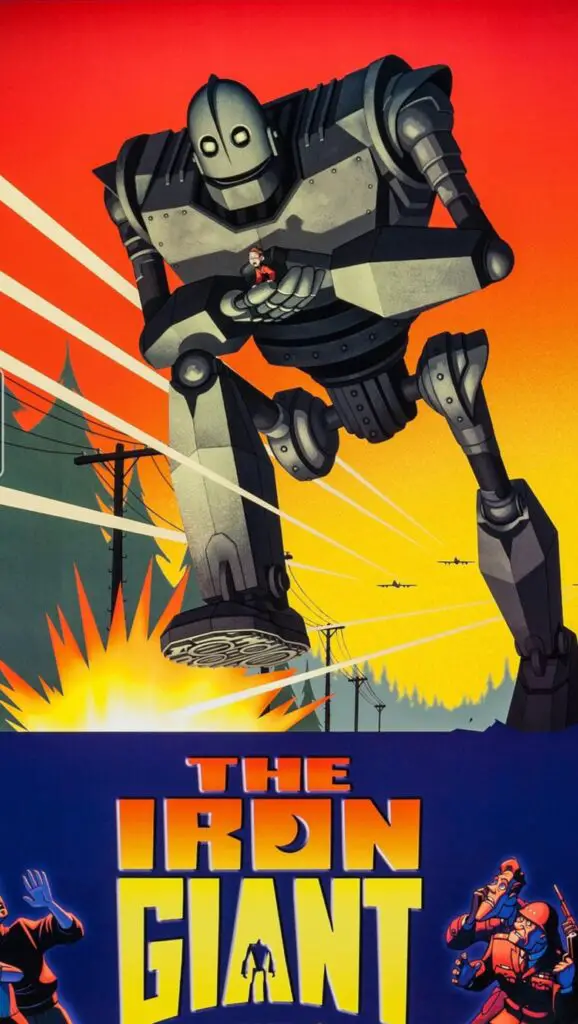
For instance, “The Iron Giant” was a staple on Cartoon Network 24/7 on the Fourth of July and Thanksgiving in the early 2000s just when the film started becoming a cult classic and its emotionally charged storytelling.
22. The Controversy Surrounding The Boondocks:
“The Boondocks” created controversy when Al Sharpton demanded an apology since Martin Luther King Jr. appeared on the show uttering a racial slur. Cartoon Network retaliated by making fun of Sharpton in another episode and, therefore, demonstrated the critical characteristic that defines “The Boondocks.”
23. Separate Network Ratings:
Nielsen ratings treated Cartoon Network and Adult Swim as separate entities because of the different audiences each comprised and its different programming. This way, they could fulfill the distinct audiences in the best possible way.
24. Censored Episode of Cow and Chicken:
The “Cow and Chicken” episode “Buffalo Gals” has been banned on account of portraying a gang of female bikers as some have interpreted this as lesbian stereotypes that are controversial for Cartoon Network’s random controversies.
Also read: 25 Interesting Facts About Tourist Attractions Around The World
25. Will.I.Am’s Theme of Samurai Jack:
Musician Will.I.Am of The Black Eyed Peas composed and sang the theme song for “Samurai Jack,” giving the show a unique soundtrack.
26. Seth McFarlane’s Cartoon Network Writing Experience:
Before creating the philosophies for “Family Guy, Seth McFarlane work on other Cartoon Network shows like “Johnny Bravo” and “Dexter’s Laboratory”, which set up the kind of humor he is famous for in his works.
27. Scooby-Doo on Zombie Island Story:
The film “Scooby-Doo on Zombie Island” was developed from a darker episode of “SWAT Kats,” but this was rewritten to form a stand-alone movie, bringing a new, more mature interpretation to the classic mystery-solving gang.
28. Time Squad:
The first program aired under the official banner of Cartoon Network instead of Hanna-Barbera was “Time Squad,” an under-the-radar program with Mark Hamill as a robot. 29. Voice Actors for Dexter
Dexter was voiced by five people over the course of the run of the show, but two of the most well-known were obviously Christine Cavanaugh and Candi Milo. Go figure…only one guy was ever heard as Dexter.
30. Cartoon Network’s Premiere:
Cartoon Network officially launched in 1992 with a bang to watch: it aired Tchaikovsky’s 1812 Overture while animating fireworks over the channel’s entrance into television land.
31. The Powerpuff Girls’ Impact on Art:.
The cartoon “The Powerpuff Girls” features a unique visual style based upon the paintings of one Margaret Keane, who created highly regarded big-eyed portraits in the 1960s and imbued the animation in this series with a very distinct artistic flair.
32. Adventure Time’s Post-Apocalyptic Setting:
Adventure Time takes place in the post-apocalyptic setting of the Land of Ooo, which is basically a children’s playground version of a post-apocalyptic Earth that was left by the “Great Mushroom War,” blending fantasy with a dystopian undertone.
33. Teen Titans Intro Songs:
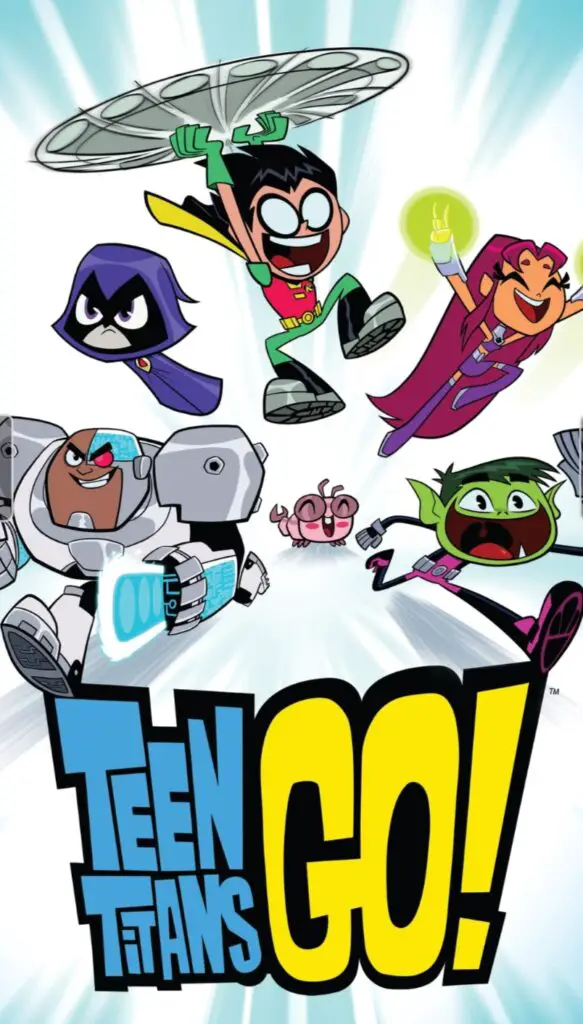
“Teen Titans” had two individual theme songs for its opening credits, which introduced the viewers to a serious episode in the English version but a more light and comical episode with the Japanese version, which is a teaser of the show’s expectation in pleasing fans.
34. Crossover Episode:
Cartoon Network special “The Grim Adventures of the Kids Next Door” combined its characters from multiple shows, such as “The Grim Adventures of Billy and Mandy” and “Codename: Kids Next Door,” into an original crossover event.
35. Early Work of Adam Reed and Matt Thompson:
Prior to developing “Archer” and “Sealab 2021,” Adam Reed and Matt Thompson had already worked on some of the early Cartoon Network programs. There were even claims that they once set fire to a set for a thrill, and both are notorious for their roughshod approach towards creating ideas.
36. Dexter’s Laboratory Hip-Hop Album:
In 2002, Cartoon Network – with “Dexter’s Laboratory: The Hip-Hop Experiment” the network put out a hip-hop album featuring, among others, tracks by De La Soul and Will.i.am, inspired by characters and themes, combining hip-hop culture with the world of animation.
37. Moral Messages in ThunderCats and SilverHawks
Both “ThunderCats” and “SilverHawks,” which were also produced by Rankin/Bass, ended with a lesson in every episode. To make sure the messages were all positive ones, they had used a psychological consultant at times-what an indication of their need to have an educational program.
38. Teen Titans Go! That pays its respects to the original series
As if in a rare moment of self-awareness, the show “Teen Titans Go!” alluded to the original “Teen Titans” series; authors showed an awareness of that series’ darker tone and more complex plotting. On one episode, the characters openly wish to return to the old series, and long-time fans rejoice.
39. Captain Planet’s “Heart” Power Controversy:
“Captain Planet and the Planeteers” featured five elements, one of which was “Heart,” whose depiction generated controversy compared to the better-known elements: Earth, Fire, Wind, and Water. Nevertheless, “Heart” embodied compassion and unity with nature, two of the most important elements of the series.
40. Influence of Courage the Cowardly Dog in Horror Animation:
Courage the Cowardly Dog” was a balls-out move from the old horror flicks and surrealist artwork. The approach toward episode-induced fear and comedy attempted by “Courage the Cowardly Dog” was quite unique and impressed later cartoons series to mix comedy with darker and atmospheric storytelling.
41. Johnny Bravo and the Real Johnny Bravo:
The name “Johnny Bravo” came to life by the nickname of the college roommate of the creator of the show, since he had a flair for Elvis impersonation and flirtatious moves. Such real-life inspiration adds a layer of authenticity to the character of Johnny Bravo.
42. Samurai Jack’s Return in 2017:

Samurai Jack” returned for its last season in 2017 after being gone for 12 years. New episodes aired on Adult Swim, where much more mature storytelling could be told and in which the continuation of the journey of Jack will end darkly as well as more sophistication.
43. Gerard Way’s Cartoon Pitch:
Gerard Way pitched a cartoon series called “The Breakfast Monkey” to Cartoon Network before forming My Chemical Romance, as seen from when the project was greenlit but did not air. That shows Way’s early interest in animation and storytelling.
44. How Toonami Influenced the Popularity of Anime
Cartoon Network’s “Toonami” block, launched in 1997, was key to filling anime, with programs like “Dragon Ball Z” and “Sailor Moon,” on air in the United States for a new generation of viewers, fueling an emerging anime culture.
45. CN Real Experiment:
2009 was the year Cartoon Network tried its hand at live-action fare as CN Real. The whole experiment was something of a disaster; viewers rejected the network for abandoning their rich animation heritage and forced Cartoon Network to retreat to the land of animation in short order.
46. Lovecraftian inspirations for The Secret Saturdays
The Secret Saturdays” was a family of cryptozoologists-an adventure series that borrowed deeper into H.P. Lovecraft’s works. Lovecraftian themes and creatures were used in this but coupled science fiction with horror.
Also Read: 25 Fascinating Facts About Nature That Will Change The Way You See The World!
47. Captain Planet’s Eco-Villains:
There was a whole cast of eco-villains in “Captain Planet and the Planeteers,” each representing a different type of environmental disaster. Characters like Hoggish Greedly and Dr. Blight personified pollution and corporate greed, so that the environmental message of the show really rang clear .
48. Most Controversial Tom and Jerry Episode :
Most certainly, “Blue Cat Blues” was the most shock-tease episode of “Tom and Jerry,” in which Tom is seen contemplating suicide because he could not win the lady. The show was somber, very dark indeed, quite a departure from the usuage lighter- natured “Tom and Jerry.”
49. Cartoon Network’s Producer-Centric Approach:
Early Cartoon Network success was based on a creator-friendly model; concepts from visionaries like Genndy Tartakovsky and Craig McCracken had the space to be realized with minimal network interference, which fosters creativity and innovation.
50. Johnny Bravo’s Bollywood Episode:
Special Episode: “Johnny Goes to Bollywood,” Johnny Bravo travels to India as this special episode paid homage to Bollywood culture. The animation was impressively colorful and storyline ahead of its time.

